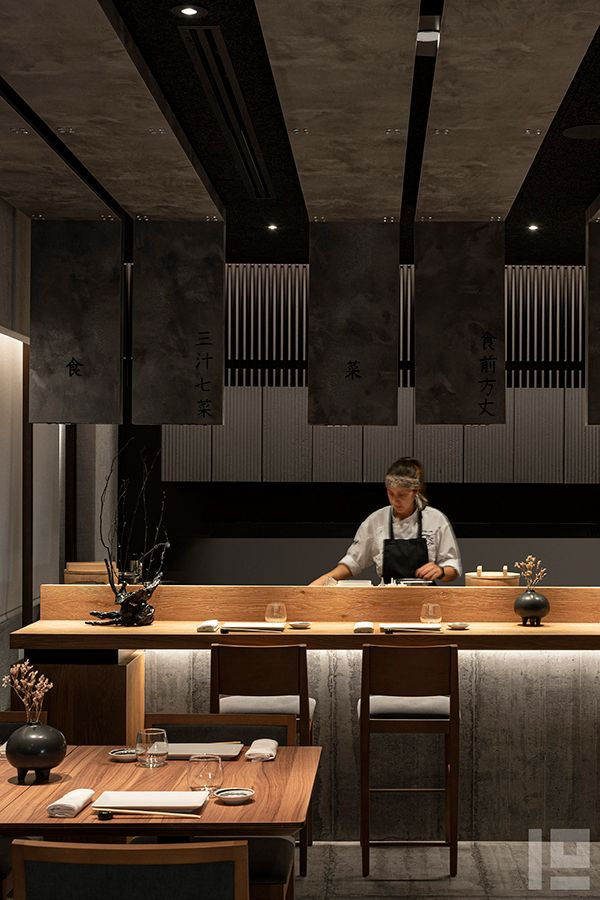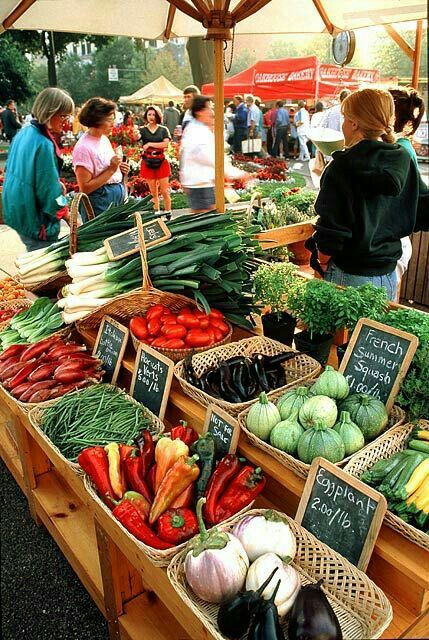Things to Check Before Jumping on Cheapness in Restaurant Ventures
- kforest0911
- 6月23日
- 読了時間: 2分
更新日:11月3日
Unretained Property: An Attractive Choice
When starting a restaurant in the United States, using "unretained property (existing restaurant site)" can seem like a great decision. The reasons are compelling:
✔ Initial investment can be greatly reduced.
✔ Kitchen facilities and seating are already available.
✔ The time to commence business can be significantly shortened.
However, beneath these apparent advantages lie many pitfalls associated with this type of property.
Common Failure Patterns in Unretained Property
Unfortunately, there are several common issues you may encounter:
Equipment Issues
❌ The equipment is old and breaks down quickly.
Refrigerators and ventilation hoods in unretained properties are often more than ten years old. Instead of minor repairs, these aging units may lead to significant replacement costs.
Utility Shortcomings
❌ Insufficient drainage, gas, and electricity.
The infrastructure required to support certain cuisines may not meet modern standards. For example, the heat, hot water, and ventilation required for Japanese food might fall short. Many times, a full renovation will be necessary to meet these requirements.
Poor Reputation of Previous Business
❌ The image of the previous store is too bad.
Many locals may remember the former restaurant's failure. Starting fresh in a location marred by a bad reputation can feel like beginning from a disadvantage, even for a new opening.
3 Points for Successful Utilization
To maximize your chances of success, keep these three points in mind:
1. Inspection is Necessary
It's critical to conduct thorough inspections. If possible, hire a professional to:
Examine kitchen equipment, exhaust systems, and piping.
Check heating and cooling mechanisms.
Make sure to assess the "invisible parts" of the property.
Create a list of "available equipment" versus "equipment that needs replacing."
2. Assess Concept Alignment
Not all restaurant concepts will work in every location. For instance, it may be impractical to set up a sushi restaurant in what used to be an American diner. Make sure there is room to adapt the interior to fit your vision.
3. Carefully Review the Lease Agreement
Understand the terms to avoid surprises. Pay attention to:
Equipment ownership (Is it the former owner's or the lender's?)
Your freedom to renovate.
The location of repair obligations.
Consulting a lawyer or broker can help clarify these details.
When Choosing Unretained Property Can Be OK
In some cases, it may not be as risky to choose an unretained property:
If the previous restaurant had a similar concept (e.g., a Japanese restaurant where a Korean restaurant once operated).
If the interior is simple and can easily adapt to a "Japanese" aesthetic.
Good locations with no negative reputations can also favor your venture.
Newer equipment that has been evaluated positively can be a plus.
Obtain favorable lease conditions to support your plans.
Conclusion: Don’t Choose Just Because It’s Cheap
Ultimately, remember that the only choice should be: "If you can manage risks, it's cost-effective." Rushing into a contract may seem tempting, but taking a month to consider all aspects can lead to better financial results.




コメント